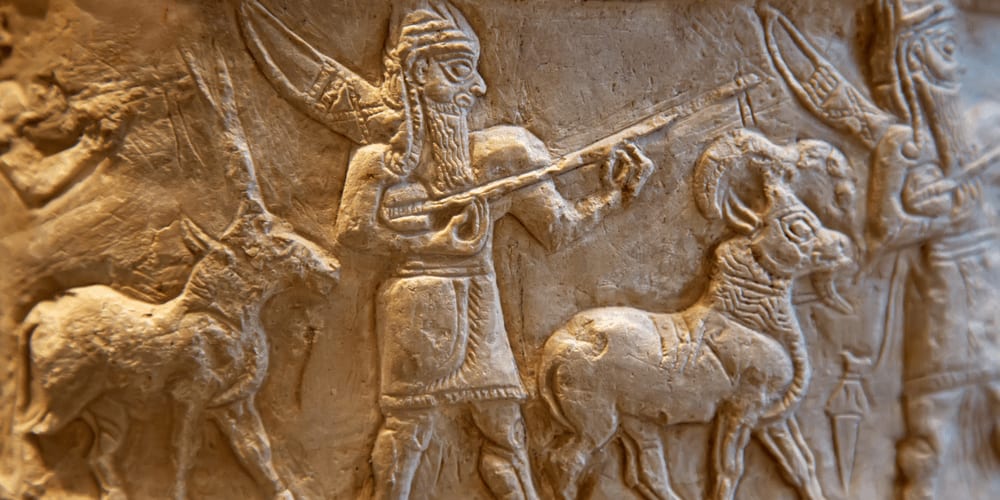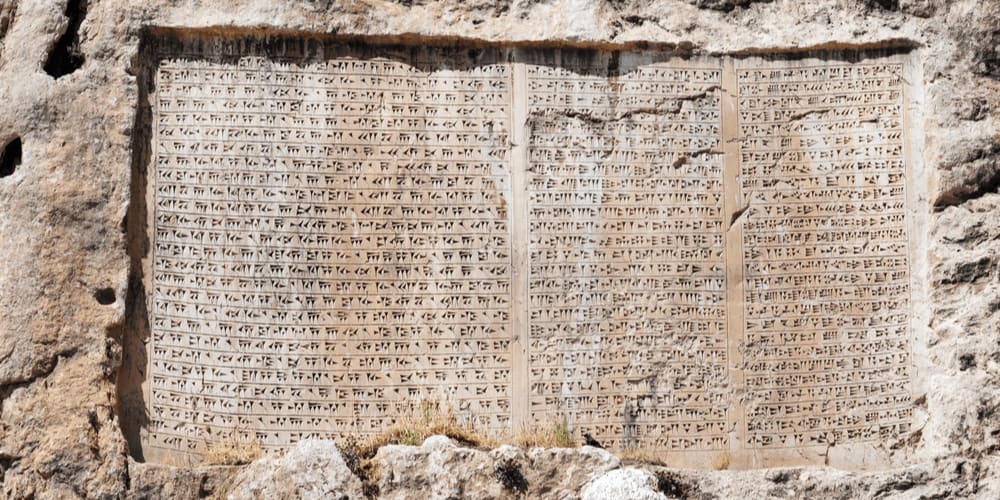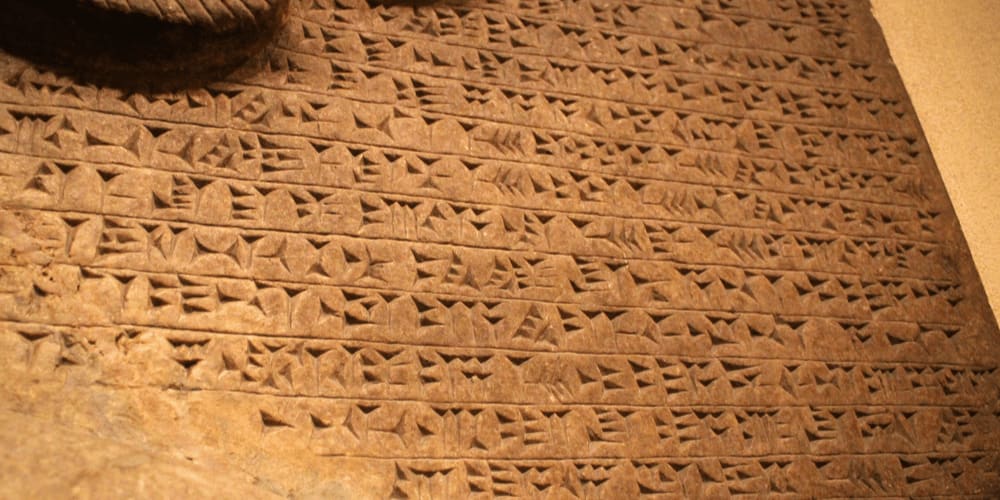
Ancient Mesopotamia that occupied the territory of modern Iraq and Kuwait is generally regarded as the Cradle of Civilization. A number of ancient civilizations and empires dominated the region, the most prominent of which included Sumer and the Babylonian empire.
Sumer
Some historians consider Sumer the world’s first civilization. The inventions of the wheel, the plow, irrigation, and agriculture are traditionally credited to the Sumerians. Besides, they made a great contribution to the development of writing. After the invention of the cuneiform script, the Sumerian language became one of the first written languages in the world!
Sumerian mathematics emerged with the development of trade and agriculture around 6000 BCE. It was mainly used for taxation and harvest measurement. For these purposes, the Sumerians created a sophisticated system of metrology that dates back to 3000 BCE. There is also archeological evidence that the Sumerians could create multiplication tables and solve geometry and division problems.

Babylonia
The term “Babylonian mathematics” comprises more sophisticated mathematical ideas and practices written in cuneiform script. The Babylonians used a sexagesimal, or base 60, numeric system that later served as a basis for the division of a minute into 60 seconds and of an hour into 60 minutes. Therefore, we owe this division to the Babylonians!
As for the number “0”, the Babylonians had a clear understanding of the concept of “nothingness.” However, at first, they expressed it with a blank space rather than with a specific symbol that was created a bit later.
Besides, the Babylonians could measure areas, distances, and volumes. There were almost seven miles in the Babylonian “mile.” Besides, the Babylonians were familiar with the concept of pi; however, they estimated it to be approximately 3.125.

To put it in a nutshell, the main features of Sumerian/Babylonian mathematics are as follows:
- the cuneiform script ,
- the sexagesimal numeric system ,
- the invention of a specific symbol for “0” ,
- the use of pi to find volumes and the circumference of a circle.